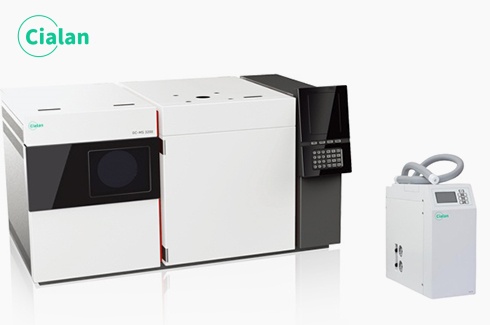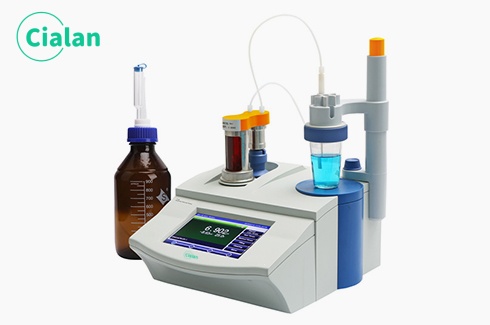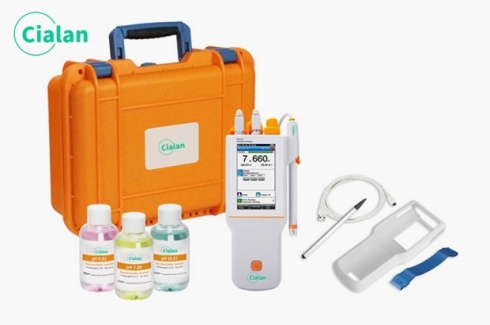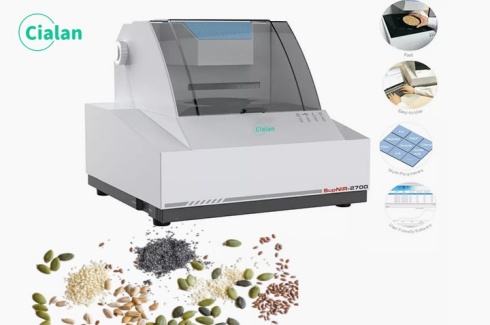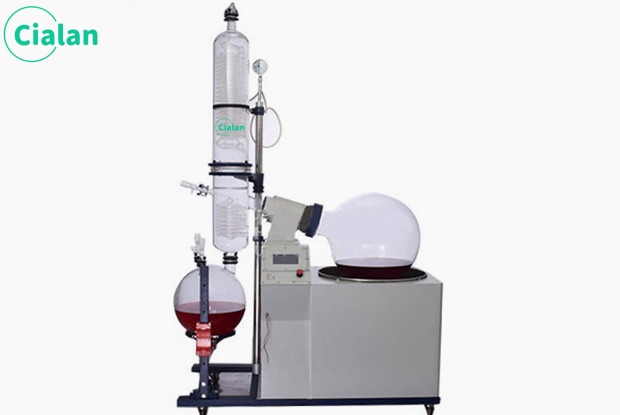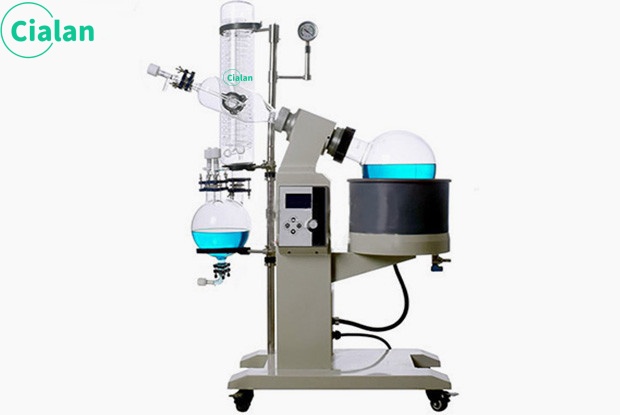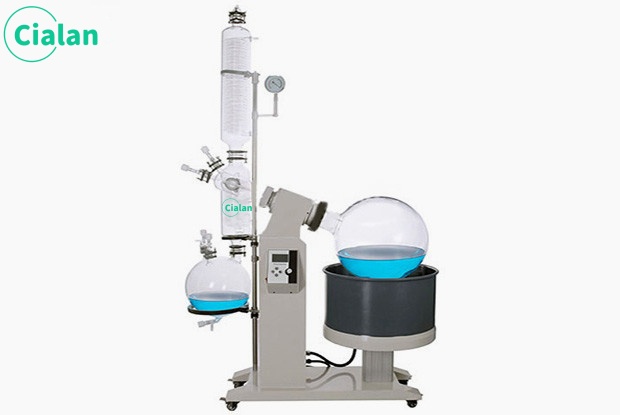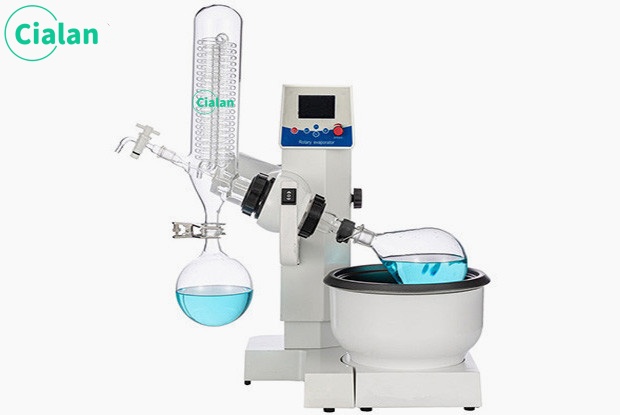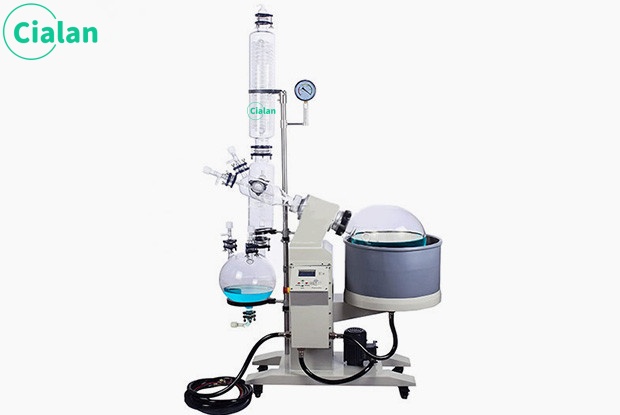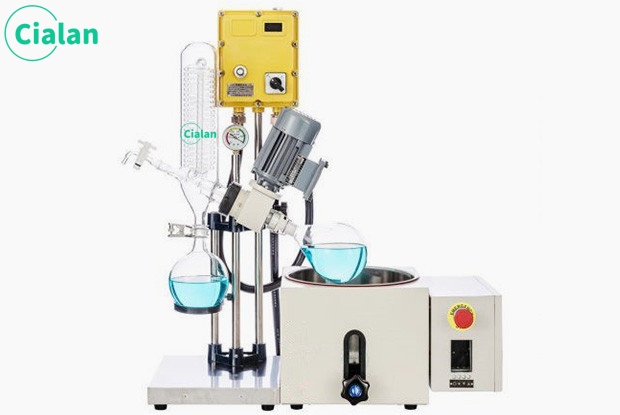Some performance parameters to consider when selecting a chiller.
Some performance parameters to consider when selecting a chiller.
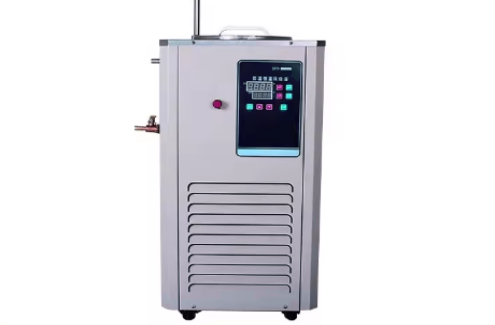
① Temperature range: Ensures required low temperature requirements can be met.
② Temperature control accuracy: Accurate temperature control is very important for some experiments or processes.
③ Cooling Capacity: Evaluate the cooling effectiveness of the pump for varying heat loads.
④ Flow rate: Select the appropriate flow rate according to the needs of the rotary evaporation equipment.
⑤ Pressure: Make sure the pump can provide adequate pressure.
⑥ Stability: Maintain stable working conditions and avoid fluctuations.
⑦ Noise level: Less noisy pumps provide a more comfortable working environment.
⑧ Energy consumption: Consider energy consumption costs and choose energy-saving pumps.
⑨ Shockproof performance: Reduce the impact of vibration on equipment.
⑩ Material: Material compatible with coolant and working environment.
⑪ Protection level: adapt to different working environments.
⑫ Reliability: Has good reliability and durability.
⑬ Control mode: such as manual or automatic control to meet operating needs.
⑭ Communication interface: facilitates connection and monitoring with other devices.
⑮ Safety performance: Comply with relevant safety standards.

① Temperature range: Ensures required low temperature requirements can be met.
② Temperature control accuracy: Accurate temperature control is very important for some experiments or processes.
③ Cooling Capacity: Evaluate the cooling effectiveness of the pump for varying heat loads.
④ Flow rate: Select the appropriate flow rate according to the needs of the rotary evaporation equipment.
⑤ Pressure: Make sure the pump can provide adequate pressure.
⑥ Stability: Maintain stable working conditions and avoid fluctuations.
⑦ Noise level: Less noisy pumps provide a more comfortable working environment.
⑧ Energy consumption: Consider energy consumption costs and choose energy-saving pumps.
⑨ Shockproof performance: Reduce the impact of vibration on equipment.
⑩ Material: Material compatible with coolant and working environment.
⑪ Protection level: adapt to different working environments.
⑫ Reliability: Has good reliability and durability.
⑬ Control mode: such as manual or automatic control to meet operating needs.
⑭ Communication interface: facilitates connection and monitoring with other devices.
⑮ Safety performance: Comply with relevant safety standards.



